
Photo credit: Imgur.com
A lot of people enjoy the rich colors, cold waters, varieties of creatures, and simply amazing wonders of the ocean. Whether you are looking for an adventure of a lifetime, or a simple out to your daily routines, scuba diving is a must-try!
Scuba diving has been useful in deep water searches, but apart from its utility in professional searches, it is currently proliferating in the recreation market with numerous of scuba diving offers sprouting just about anywhere with a boasting marine life. Using basic scuba diving gear like masks, snorkels, exposure suits, and fins, down to more complex life-support equipment like buoyancy compensator (BC), regulators, dive computers are expensive, and you can expect to shed bucks to experience this underwater diving. Wearing a BCD is crucial when you go scuba diving as it allows you to control your body more effectively while under water. Check out the best BCDs here.
To make the most out of it, be sure to check the diving locations fit for you. For professional divers, ocean lovers, adventure-seekers, and even “ocean newbies”, here are the best diving sites to visit around the world:
The Yongala
For those with a knack for the ocean and history, this wreck diving spot is a must in your diving choices. Noted for being one of the largest and most well-preserved shipwrecks in Australia, the Yongala is home to octopuses, tiger sharks, turtles, manta rays, sea snakes, and vast corals.
The SS Yongala was once a luxury passenger ship built in 1903 and was launched in Adelaide, South Australia. The famous shipwreck molded upon steaming into a cyclone in March of 1911 and sinking in the Cape Bowling Green, Queensland, Australia.
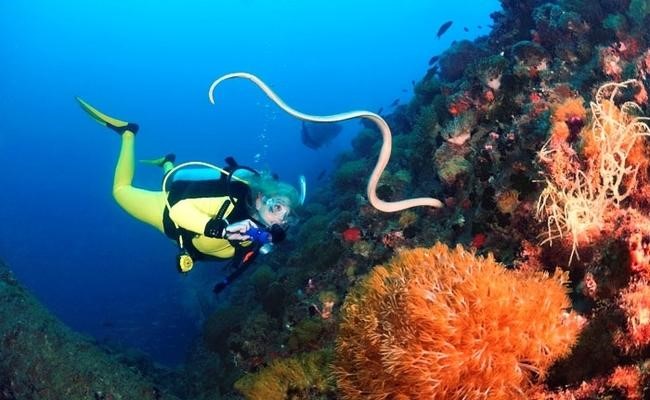
Photo Credits: steffenbinke.com
Bahamas
Surely you have heard of Bahamas once or twice when talking about vacations. With its glorious waters, rich underwater diversity, and numerous diving locations, this popular archipelago is another destination in the dive map. Dean’s Blue Hole, known as the deepest blue hole and second largest ocean chamber, is located in Long Island, Bahamas. Andros, the largest among the islands of Bahamas, is home to a variety of coral reefs, and four species of turtles: hawksbill, loggerhead, green, and leatherback. The Shark’s Rodeo at Walker’s Cay in Abacos is known for its shark dives and feedings; the thrill of the dive begins with the appearance of more than 100 blacktip and reef sharks.
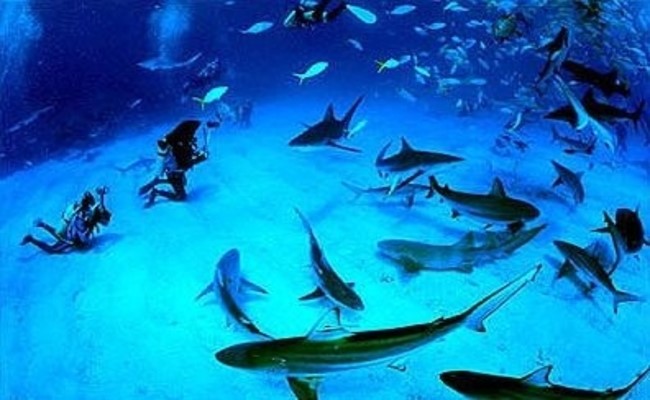
Photo Credit: pinterest.com
Bay Islands of Honduras
The Bay Islands is situated in the southwest part of the Caribbean and features outstanding sea creatures, laudable reef systems, and must-try diving offers. The islands of Roatan and Utila house vast corals, varieties of tropical fishes, giant sponges, turtles, whale sharks, and manta rays. The island of Roatan, 65 kilometers off the northern part of Honduras, is considered as the biggest among the Honduran Islands and features resort hotels, beaches, and other shallow and underwater activities. The island of Utila, the smallest of the Honduran Islands, marks the south end region of the Mesoamerican Barrier Reef System. This island provides great diving experiences for tourists and locals.
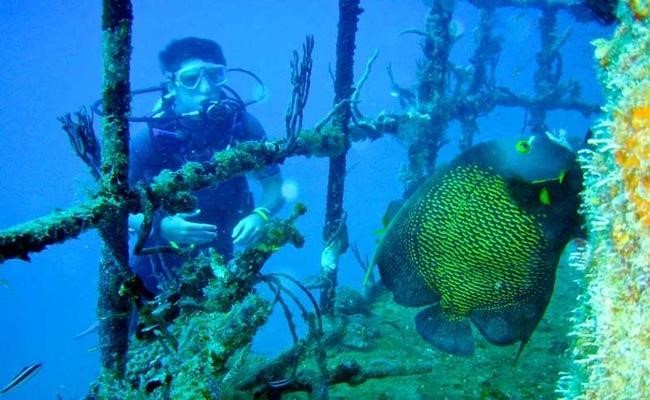
Photo Credit: parentmap.com
Galapagos
Famous for Charles Darwin’s expedition in 1835, the Galapagos remains a sanctuary for diverse fauna, especially marine life. Its clear waters and rich ecosystem is home to an array of ocean life; hammerhead sharks, whale sharks, marine iguanas, sea lions, and penguins.
The Roca Redonda of the Isabela Island in the Galapagos will surely satisfy your search for thrill and adrenaline; it is situated at the tip of an underwater volcano where you can encounter varieties of sharks, barracudas, manta rays, and even seahorses and sea lions in the shallows.
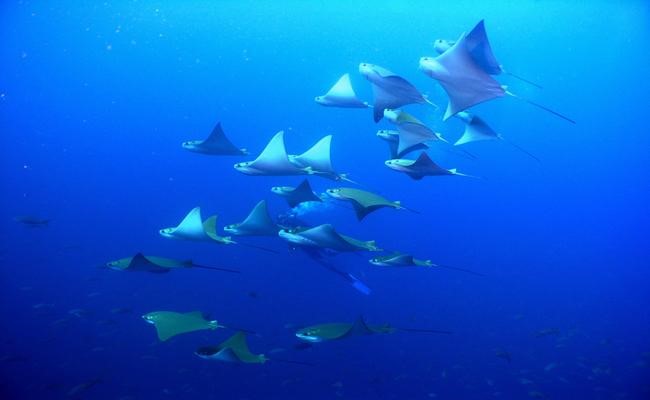
Photo Credit: diversiondivetravel.com.au
Malta
Malta, the largest among the three islands of the Maltese Archipelago, is home to popular diving spots like the Qawra Reef, and The Madonna Statute. The Qawra Reef is a great starting point for beginner and intermediate level divers. It features secured caves with wide entrances, and ocean life like slipper lobsters, crabs, groupers, nudibranchs, and parrotfishes. The Madonna Statute, found north of Malta, boasts diverse marine life, several tunnels, and two swim troughs popular for night dives. Click here to check the Malta dive sites.
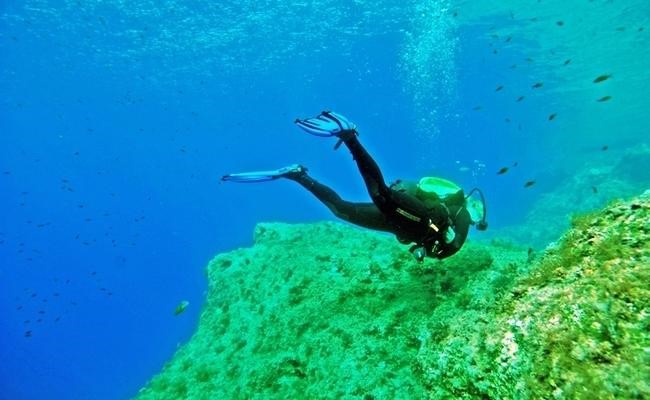
Photo credit: malta.com
Zenobia Wreck
Another hotspot for wreck diving, the Wreck of Zenobia, was formerly known as MS Zenobia, a Roll-on/roll-off (ro-ro) Swedish ferry. It was launched in 1979 and sank in the Mediterranean Sea during its voyage to Syria in 1980.
Zenobia Wreck is consistently voted in the top 10 recreational dive sites in the world. Its expanse is at 28 meters, reaching the seabed at 42 meters, with some of its parts partially buried. What makes this wreck a hotspot for diving is its perfect diving provision for all certification levels of divers. You can explore Zenobia’s canteen, bridge, lorry, and cargo decks, and engine room, depending on your diver’s certification level.

Photo credit: explorecyprus.com
About The Author:
Elena is a Communications Graduate, currently working as a full-time diver at Atlantis Gozo Malta, and as a travel blogger. She enjoys reading psychological thrillers, going to beaches, and trying out local and foreign cuisines.


![[Infographic] The World’s Most Visited Countries Infographic](https://www.safeandhealthylife.com/wp-content/uploads/2017/03/Infographic.png)

